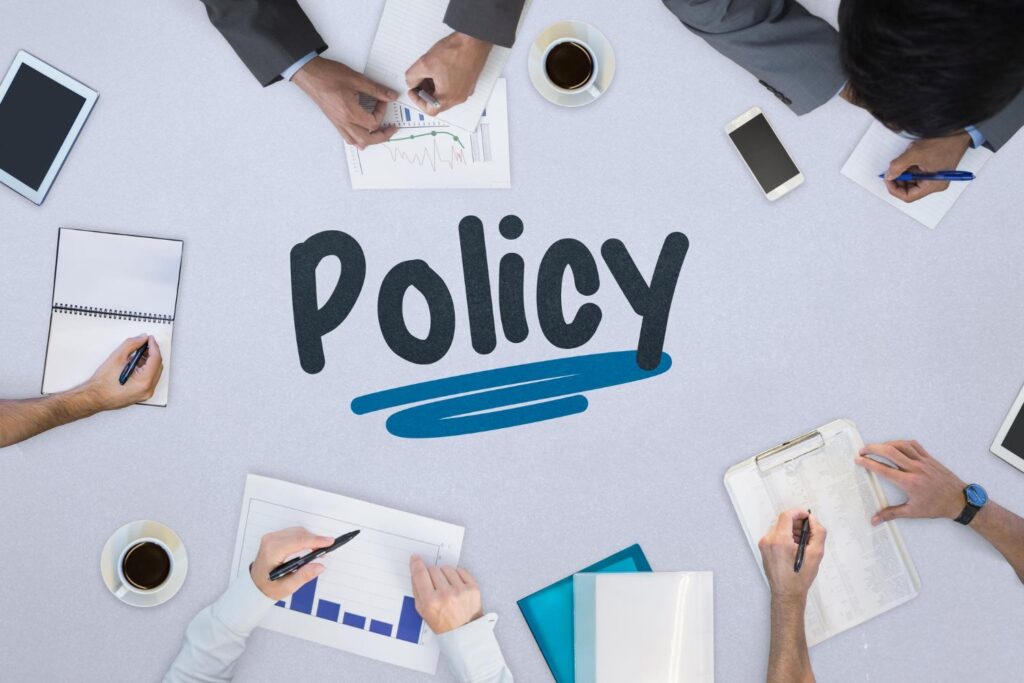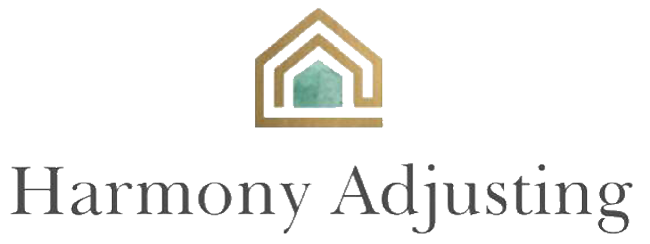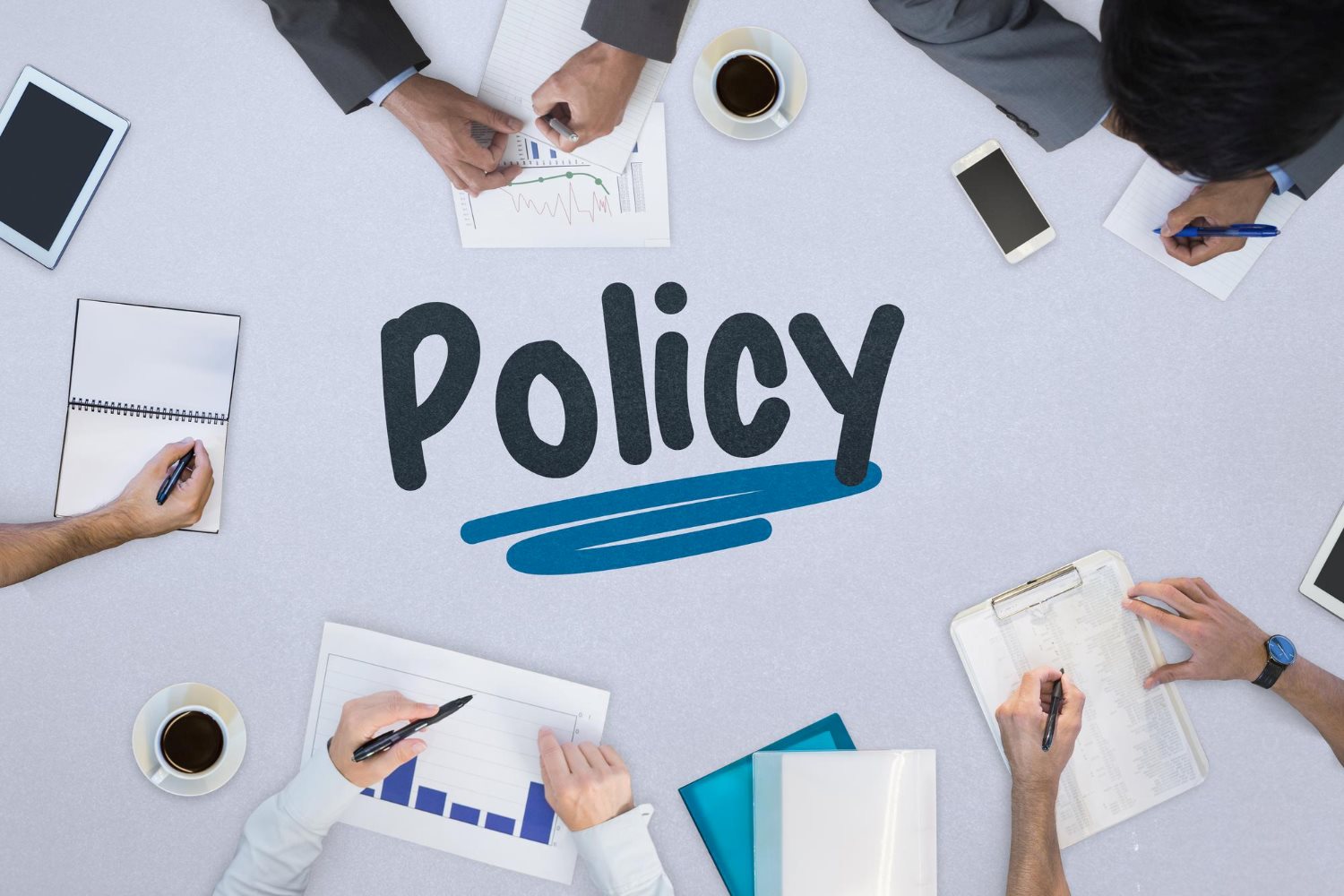Common Policy Exclusions That Could Affect Your Claim
May 16, 2025

What Your Insurance Might Not Cover—And Why It Matters
When disaster strikes, most people turn to their insurance policy expecting full support. But what if your claim is denied—not because of the damage itself, but because of something hidden in the fine print?
Insurance policies can be full of exclusions—specific situations or types of damage that aren’t covered. Knowing what those are before a claim can save you time, money, and frustration.
At Harmony Adjusting, we help policyholders understand their coverage and fight back when insurers try to avoid paying. In this post, we’ll break down the most common policy exclusions you need to watch out for—and what you can do about them.
What Are Policy Exclusions?
A policy exclusion is a written section in your insurance policy that explains what isn’t covered. These aren’t always easy to spot—they’re often buried in technical language or hidden behind clauses like “limitations of liability” or “conditions.”
Simply put:
If your damage falls under an exclusion, your insurer may legally deny your claim—even if the damage is real and costly.
Let’s break down the most common types of exclusions that can impact homeowners and business owners alike.
1. Wear and Tear or Maintenance Issues
Insurance is designed to cover sudden and accidental damage—not things that happen slowly over time.
Not covered:
Old roof leaks from years of wear
Mold buildup from long-term moisture
Cracks in foundation from settling
What to do:
Perform regular maintenance, and document it. If your damage seems sudden but stems from a long-term issue, a public adjuster can help prove your claim.
2. Negligence or “Failure to Protect”
If the insurance company believes you didn’t act responsibly to prevent further damage, they may deny your claim.
Example:
A pipe bursts and floods your home, but you don’t shut off the water or call for help quickly—this could be ruled as negligence.
Tip:
Take fast action during any emergency and keep records (photos, repair receipts). This helps show you acted in good faith.
3. Flood Damage (Not the Same as Water Damage!)
Standard homeowner policies do NOT cover floods caused by natural disasters.
Common misunderstanding:
Pipe burst in your ceiling = water damage (✅ usually covered)
Storm surge or rising river = flood (❌ not covered)
Solution:
You’ll need a separate flood insurance policy through FEMA or private companies. Harmony Adjusting can help review your current policy and identify gaps.
4. Earthquakes and Sinkholes
Like floods, earthquakes and earth movement are not covered under standard policies.
What’s excluded:
Earthquakes
Sinkholes
Landslides or mudslides
What you need:
Specific “earth movement” or “earthquake” endorsements. Many homeowners in high-risk areas don’t know they lack this until it’s too late.
5. Mold, Rot, and Fungus
Mold is a tricky area. If it’s caused by a sudden covered event (like a pipe burst), it might be covered. But if it’s due to poor ventilation, leaks, or neglect, it’s usually excluded.
Insurers often deny mold claims, even when they should be paid. That’s where having a public adjuster to document and argue your case becomes critical.
6. Business Activities in a Residential Property
If you run a small business out of your home—photography, hairstyling, daycare—you may be shocked to learn:
Damage to business equipment or liability from business operations may not be covered under your homeowners policy.
Tip:
Ask about business endorsements or separate business coverage. We can review your policy and recommend adjustments.
7. Intentional Acts or Criminal Activity
If the insurer believes damage was caused on purpose or tied to illegal activity, they will not pay out.
Examples:
Starting a fire on purpose (insurance fraud)
Damage caused during illegal activities in your home
Even suspicion of fraud can delay your claim, so clear communication and professional documentation matter.
8. Building Code Upgrades (Or Lack Thereof)
After damage, you may need to bring parts of your home up to current code during repairs. But most basic insurance doesn’t cover the added cost of those upgrades.
Fix:
Ask about an “ordinance or law” rider that helps cover the cost of code-required improvements after a loss.
9. Excluded Items or Structures
Certain personal property or parts of your home may not be covered at all—or may have dollar limits.
Examples:
Detached sheds, fences, or pools
Jewelry, electronics, collectibles (limits apply)
Vehicles or trailers
You can often add “scheduled personal property” riders to increase your coverage.
Final Thoughts: Exclusions Aren’t Always the End
Just because a claim is denied due to an exclusion doesn’t mean you’re out of options.
At Harmony Adjusting, we’ve helped clients:
Reopen claims denied due to “exclusions”
Prove damage was caused by covered events
Add missing endorsements for better future protection
How We Can Help
A professional policy review can reveal gaps before they cost you thousands. Harmony Adjusting offers:
✅ Free Policy Reviews
✅ Expert Claim Documentation
✅ Appeals for Denied Claims
✅ Claim Negotiation & Legal Advocacy
📞 Don’t Let an Exclusion Cost You Everything
Let our team of licensed public adjusters help you protect what matters most.
👉 Visit www.HarmonyAdjusting.com
📅 Book Your Free Policy Review Today
🔍 Peace of Mind Starts with Understanding Your Policy
Your Advocate for Insurance Justice
- Harmony Adjusting




Feature Blog
Categories
Stay Updated – Subscribe Now

Our comprehensive services guide you through the complexities of insurance claims!
Contact Us
Copyright © 2025 Harmony Adjusting. All Rights Reserved. Powered by SixDees


